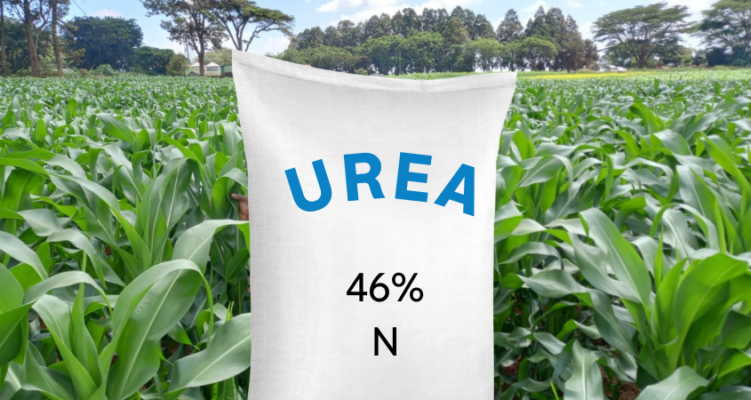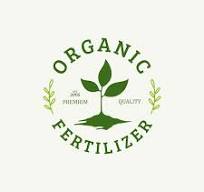The Role of Fertilizers in Agriculture: Benefits, Challenges, and Best Practices
Fertilizers are a cornerstone of modern agriculture, providing essential nutrients like nitrogen, phosphate, and potash that are critical for growing the crops we depend on for food, feed, fiber, and fuel. However, while fertilizer play an important role in boosting crop production, improper application or excessive use can lead to significant environmental concerns. Understanding the balance between effective fertilization and environmental sustainability is key to achieving both high yields and protecting our ecosystems.
The Importance of Fertilizers in Crop Production
Fertilizers supply crops with the necessary nutrients that may not be present in sufficient quantities in the soil. Nitrogen, phosphate, and potash are the three primary nutrients needed by most crops. Nitrogen aids in promoting leaf and stem growth, phosphate is vital for root development and flowering, and potash improves the overall disease resistance of plants and enhances the quality of the crop.
These nutrients are often applied annually to ensure optimal crop performance. Most crops absorb a large percentage of the applied fertilizers, but when these nutrients are used in excess, they can be lost to the environment. For example, nitrogen may volatilize into the air, leach into groundwater, or run off into surface water during rainfall, causing pollution. Phosphate can accumulate in water bodies, leading to eutrophication and harming aquatic life. Potash, while less prone to environmental losses, can still contribute to soil salinization in some cases.
Environmental Impact and the Need for Best Management Practices
To mitigate the environmental impacts of fertilizers, it is crucial to adopt Best Management Practices (BMPs). BMPs are strategies and techniques that increase nutrient accessibility for plants, improve nutrient uptake efficiency, and reduce losses to the environment. These practices include:
- Precision Fertilization: Using advanced technologies like soil sensors and variable-rate applicators to apply fertilizers more accurately and in the correct amounts based on crop needs.
- Nutrient Timing: Applying fertilizers at the right time, when plants can best utilize the nutrients, reduces the risk of nutrient loss to the environment.
- Incorporation of Organic Matter: The use of manure and compost can improve soil health and nutrient retention, enhancing fertilizer efficiency.
- Cover Cropping: Planting cover crops during the off-season can help reduce nutrient runoff and improve soil fertility.
By integrating BMPs into everyday farming practices, producers can boost nutrient use efficiency while minimizing environmental harm.
Fertilizer Use in U.S. Agriculture: Key Insights
In the United States, the Economic Research Service (ERS) plays a vital role in tracking fertilizer use across major field crops such as corn, wheat, soybeans, cotton, and others. Through surveys like the Agricultural Resource Management Survey (ARMS), ERS gathers detailed data on fertilizer application practices, costs, and nutrient use.
The ARMS survey provides a snapshot of how farmers apply synthetic fertilizers and manure, offering insights into application rates, costs, and crop-specific nutrient needs. These insights are essential for understanding trends in fertilizer use and developing policies that promote sustainable farming practices.
ERS combines data from ARMS with other public and proprietary sources to estimate the total use of fertilizers in U.S. agriculture. The resulting reports, such as the Fertilizer Use and Price Data Product, provide a comprehensive look at fertilizer consumption by crop type, application methods, and even prices.
This data is invaluable for farmers, policymakers, and researchers working to improve agricultural productivity while maintaining environmental stewardship.
Challenges of Fertilizer Management
Despite the advancements in fertilizer application technologies and practices, several challenges persist:
- Overuse and Misapplication: Farmers may apply excessive fertilizers, especially when they are unsure of the specific nutrient needs of their crops. This over-application can lead to nutrient runoff and pollution of water sources.
- Soil Health Decline: Continuous use of synthetic fertilizers can degrade soil health over time, reducing organic matter and increasing dependence on chemical inputs.
- Economic Pressures: prices can fluctuate based on global supply chains, affecting farmers’ decisions on how much to apply. Rising input costs may lead to attempts to cut back on fertilizer use, potentially impacting yields.
- Environmental Regulations: As governments introduce stricter environmental regulations, farmers face the challenge of balancing compliance with effective nutrient management. This may require additional investment in technology and training.
Moving Toward Sustainable Fertilizer Use
The key to overcoming these challenges lies in research, innovation, and education. Farmers must continue to adopt sustainable practices that align with the latest research and technological advancements. Research reports from the ERS, such as Agricultural Resources and Environmental Indicators (2019) and Nitrogen Management on U.S. Corn Acres (2001-10), offer valuable insights into improving nutrient management.
Government programs and financial incentives can also help farmers implement BMPs by providing subsidies for precision agriculture tools or supporting soil health improvement initiatives. By aligning nutrient application with actual crop needs, farmers can reduce waste, lower environmental impacts, and improve crop yields.
Conclusion
Fertilizers are a necessary tool for modern agriculture, but their benefits must be carefully managed to minimize environmental risks. By applying nutrients efficiently and using Best Management Practices, farmers can continue to meet global food demands while protecting natural resources. Through research, education, and technological advancements, the agricultural sector can move toward a more sustainable future, balancing productivity with environmental responsibility.
For more detailed information on fertilizer use in U.S. agriculture, consider exploring the Use and Price Data Product or reviewing specific reports such as Nitrogen Management on U.S. Corn Acres, 2001-10 and Agricultural Resources and Environmental Indicators.
By staying informed and committed to sustainable practices, we can ensure that fertilizers contribute to a prosperous and environmentally sound agricultural system for years to come.

